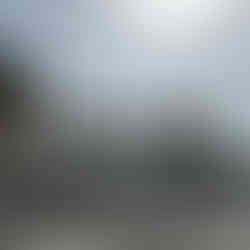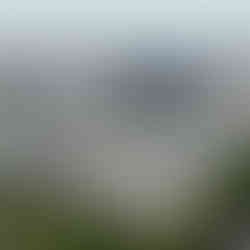Day 4 - Budapest 1
- Maggie Thompson
- Jun 30, 2024
- 3 min read
Updated: Jul 1, 2024
Today, we did a Tours by Locals with Lara (and Thomas the driver). Martha and I enjoy these tours and have done them in many cities. You have some say in the intinerary and it is only us on the tour, in a private car. It is much more informative than the Big Bus, which we use as an overview of the town.
A few fun facts: when the cities combined it was first called PestBuda, but that sounded weird, so they switched it; the Danube flooded in 1836 leading to vast changes in the city’s construction; the first subway was built in 2 years (it was the first subway in continental Europe) and the second in 20 years during the communist regime. There have been many rulers of Hungary, and as with many other countries in Europe, it has grown and shrunk in size, depending on whether they won or lost the war. They lost WWI and the Romanians of Transylvania proclaimed the land untied with Romania. There were 1.7 million Hungarians living in Transylvania at that time, 1.5 million now, and for that reason, the Transylvania flag flies on the Hungarian Parliament and the people have dual citizenship.
Budapest is experiencing a rise in tourism which is leading to investment in updating buildings and parks. The Museum of Ethnography (folklore) won an award for its design. The artwork I am standing in front of is a depiction how one person may struggle to make a difference, but many people together are more effective. It culminates in a knife edge.
After WWII, Hungary was under communist control, which of course includes a history of secret police, detainments, interrogations, tortured, and murdered people. I couldn’t get a good picture of the State Protection building (aka House of Terror) but the focal point is the roof overhangs. When the sun shines through, the word TERROR is shown on the side of the building. The picture of the slab is a piece of the Berlin Wall. And the picture with faces, are people who were tortured and killed within the building.
In 1956, Hungary attempted an uprising against the Soviet Union, but it was crushed and Hungary remained under Soviet control until 1989. All Soviet troops were gone by June 1991.
In Heroes Square, there are several statues as well as the Memorial Stone to Heroes (tomb of the unknown soldier). The statues represent the seven chieftains of the Magyars as well as other important Hungarian leaders. Incidentally, the Hungarian people do not refer to themselves as Hungarian. They prefer to be called Magyars, because it is a more encompassing name for the whole region.
The influence of Transylvania is huge in Hungary, not the least because the most famous Count Dracula was the Hungarian actor Bela Lugosi. Of course there’s a statue on a building with Transylvanian roots.
We moved on to the Buda side of the Danube, crossing the Margaret Bridge, and driving to the Castle District. There is a lot of construction going on in this area, but it provides sweet views of the Danube and Pest. FYI, Buda means water. Buda is the more residential side of the river and therefore, more crowded. Apparently, people like to drive and wait hours in traffic to get to work, instead of using public transportation. Sounds A LOT like other places I know.
The Matthias Church is beautiful from the outside. According to Lara, much of the scaffolding came down over the weekend. We saw many forms of architecture through out the tour. This church combines Gothic and Romanesque. We also saw Neo-Classic with many columns and triangles, Neo-Barouque with lots attention to detail, and (in Lara’s words) Neo-Ugly which really had no place in the surroundings.
And then there are the views from the Castle District. The landmasses are Buda on the left, Pest on the right, and Margaret Island in the middle.

























































Comments